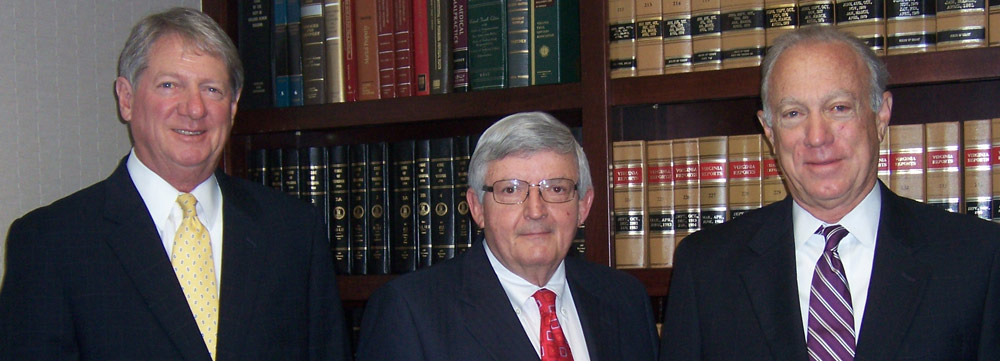
One example of such a tragic loss occurred on a recent Saturday morning when a mother, daughter and other family members were traveling together for a weekend outing to Virginia Beach. At the same time, police were involved in a high-speed chase involving an SUV. Police say the fleeing driver was traveling at high speeds when he crossed the center line and crashed head-on into two vehicles.
A 42-year-old woman died at the scene, and her 25-year old pregnant daughter succumbed to her injuries later at the hospital. Numerous others suffered injuries. The young mother left behind a 2-year-old son, a fiancé and numerous other grieving family members. The community is rallying together to help support the family, but they will likely have some difficult decisions to make as they learn to move forward from this tragedy.
Wrongful Death Legal Action
While Virginia investigators have charged the driver of the SUV with two counts of manslaughter, driving without a license and numerous other charges, the family may have additional questions. Accidents that result from high-speed police chases often raise concerns over police protocol and other issues. The answers to these questions may come forward during a wrongful death claim.
Lending to the complexity of these lawsuits, almost all states have statutes that actually provide for two types of legal actions, often combined in one lawsuit, that may be brought against a physician who allegedly has caused the death of a patient. One action is a claim for wrongful death and the other is a survivor or survival action. The wrongful death action is brought by close family members (e.g., spouse, parent, child) to recover damages for loss of value of the decedent’s future earnings/contributions and personal services, loss of the decedent’s society and companionship, and pain and suffering arising from the death of the patient.
A survival action (somewhat misnamed, since it is only available after someone has died) is pursued by the estate of the deceased patient to recover damages sustained by the decedent prior to death, such as medical expenses, loss of earnings, and pain and suffering. As stated above, the two actions are often combined into what will be referred to in this article as a “wrongful death” claim.

